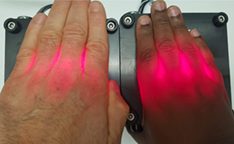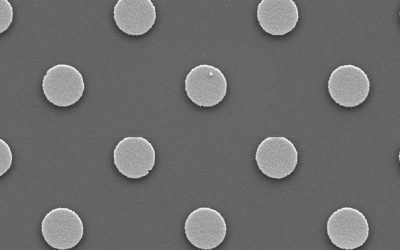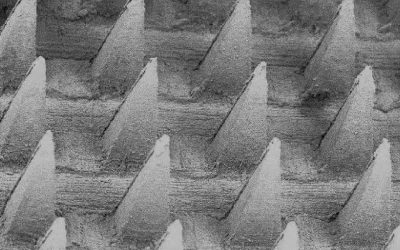While important for overall wellbeing, sports often result in injuries that contribute to an increased burden on the health care system. In the United States, almost half a million school‐aged athletes suffered severe injuries while playing sports. Therapies that can effectively treat muscle, bone, tendon, ligament, and nervous system injuries including managing inflammation and pain, would be beneficial to athletes at all levels of competition.
The biological effects of low power laser were first reported in 1968 and the use of light emitting diodes (LEDs) for therapeutic applications of photobiomodulation (PBM) subsequently popularised following the serendipitous finding of improved wound healing by astronauts using LEDs for plant growth experiments in space.
Since these initial observations, various studies have emerged investigating the effect of PBM on injury, including pain modulation and wound healing in a vast variety of in vitro and in vivo experiments. However, clinical applications and research of PBM requires sound knowledge with simple guidelines about how readily accessible tissues are to specific wavelengths of light.

Sex, but not skin tone affects penetration of red‐light (660 nm) through sites susceptible to sports injury.
It has been proposed that irradiation dosage should be adjusted to the severity of injury to achieve beneficial protective effects, but that overdose may be harmful. Thus, while red‐light treatment may offer potential benefits for treating sports‐related injuries–such as reducing recovery time and pain to optimize treatment outcomes–it is necessary to determine the penetration parameters for delivery of an appropriate dose, as well as identify body regions that are accessible to light treatment.
A team of researchers from the Australian National University have examined the effects of light intensity per unit area (irradiance), skin tone, sex, and bone/muscle content on red‐light penetration at common sites of sports injuries to provide a basic guideline for establishing the likelihood of red‐light penetration for different body parts.
“Furthermore, we also aimed to determine whether embalmed cadaveric tissue can serve as an adequate model for predicting penetration in live human tissue, which would be valuable for future studies on regions that are not otherwise accessible in live subjects”, says Jason R. Potas, the study’s corresponding author.
Establishing parameters that ensure red‐light is deliverable to a structure of interest is essential to facilitate decisions about red‐light treatment paradigms in the clinic and future research studies.

















